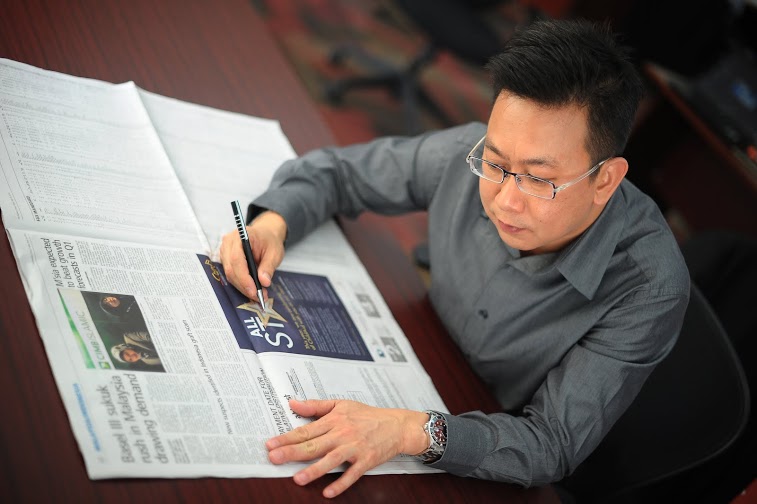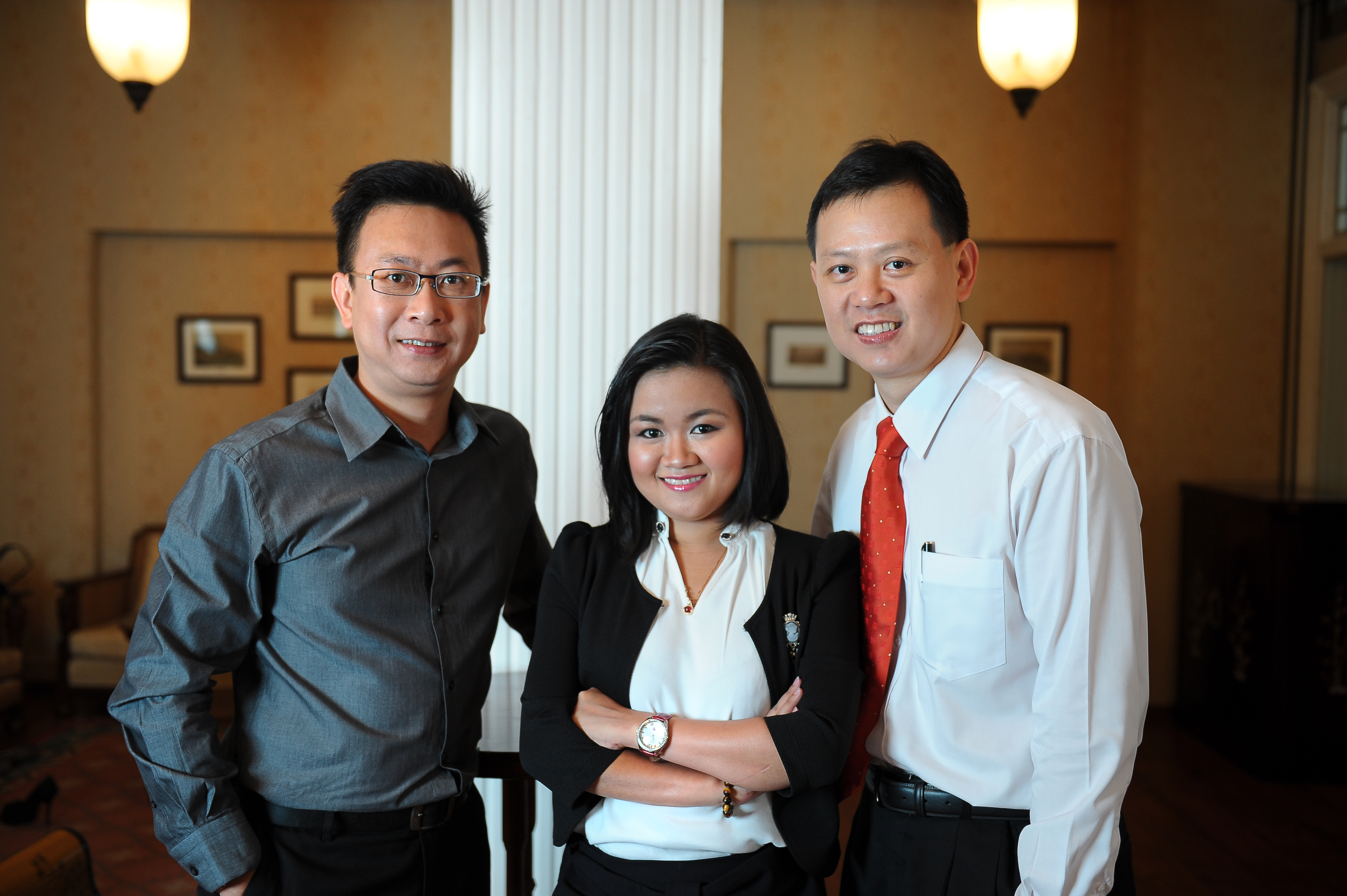All About the World of Finance and Its Innovations:Insights from Siddharth Ghaisas (PGDM 2006-2007)

- Can you tell us about your career journey leading to your current role at Accenture and what inspired you to specialise in financial services and payments?
After graduating from SP Jain Global, I was hired in to management consulting at a boutique consulting firm in the UAE. At this point, my experience with EY in India meant I was already inclined towards financial services.
However, in 2006-07, there was a financial services and real estate boom in the UAE, especially in Dubai. Banks and Real estate companies in Dubai could not cope with the demand from residents and investors looking to cash in on the boom. This allowed me to do banking projects, including current assessments of the bank’s existing products, process improvements, go-to-market strategies, pricing strategies, etc. Real estate companies were most interested in process re-engineering and strategy, including collaboration with banks that helped by offering attractive loans.
In short, while some of this meant financial services, none was even close to ‘payments’. My journey towards Payments came a little later after I floated a company of my own, which allowed me to land a project and eventually a job with CBUAE.

- How did your education at SP Jain Global equip you with the skills to tackle challenges in financial technology and payments?
My days at SP Jain Global allowed me to understand what the IB world offers. Although very rewarding, it was not something I would want to pursue as a career as I realized it wasn’t my cup of tea.
However, it did make me think of options to pursue as a career post-SP Jain Global. I did a lot of research, met some SP Jain Global alumni doing jobs in Dubai, and went for mock interviews with banks on Bank Street. This led me to leverage my experience pre-SP Jain Global, which meant continuing in FS. Technology was a consequence of working in consulting and doing process re-engineering projects. I started by learning the basics of modules offered by core banking systems at the time. Fast-forward to today, and understanding how the AANI platform works allows me to solve issues banks bring to us while they onboard onto AANI.
- You’ve been working on AANI, an instant payment platform in the UAE. How does AANI compare to other instant payment systems globally, such as UPI in India? What unique challenges did you face while developing and implementing it?
AANI is an instant payment platform that went Live in the UAE in Oct 2023. While banks, exchange houses, digital wallets, etc., continue to onboard themselves onto AANI, the journey is at least 4 years old. AANI was conceptualised while I was still with CBUAE. With AANI, you can do P2P and P2B/ B2P transactions where funds move from account to account in under 10 seconds. Features such as ‘send money’, ‘request to pay (RTP)’, ‘Pay by QR (dynamic/ static) and ‘Split bills’, to mention a few. RTPs and Split bills are my current favourites, whereby I’m able to recover money immediately from my slightly lazy friends for an outing or a restaurant bill I would have picked up 🙂 AANI does have plans to introduce electronic direct debits (eDDA) and electronic cheques in its pipeline. I’m equally excited about eDDA because this will revolutionise how banks use and offer standing instructions to their customers. It also levels the playing field for ‘FinTechs’ to use AANI to offer what banks currently can in more innovative ways.
Introducing a completely new payment system into the financial market infrastructure has unique challenges, as this is probably a once-in-a-lifetime case. The biggest challenge was something as simple as getting all players in the market to understand, accept and commit to start the journey. Thereafter, explaining things such as upgrading to ISO 200022 message format, network/infrastructure requirements, techno-functional changes needed in their systems due to the introduction of APIs, liquidity management, customer experience, etc., were challenges the industry called out. This involved a lot of discussions in the initial days of starting the project and included a lot of meetings with the industry players. Getting their buy-in was important if we needed to be successful with such a project. They were once delivered; it’s up to the industry to take it forward and ensure healthy uptake in the market. To begin with, they need to believe in AANI.
As for comparing AANI and other platforms, AANI isn’t very different from other global instant payment platforms when comparing standard features like sending money, RTP and QR codes. However, what set AANI apart was its ambition to onboard the top 20 players within a year, having innovative products such as cheques in its pipeline, which has not been attempted by any other country yet. In the initial days when the strategy was being put together to design AANI, UPI was a benchmark that teams looked up to. AANI aims to learn from leading global platforms such as UPI and do more over time.

- Given that AANI is operated by Al Etihad Payments under the Central Bank of the UAE, how did collaborating with such large institutions shape the project’s strategy and execution?
Enriching, to say the least! While Payments is a known field within FS, Instant Payments is new globally, especially in the Middle East. Getting the chance to do such a project because of my experience was a proud moment. Getting to implement an instant payment platform in a country is probably a once-in-a-lifetime opportunity. I have worked with CBUAE earlier; however, AEP is a new institution under the aegis of CBUAE. Dealing with the executives at AEP has been enriching personally, given their wealth of payment experience from across the globe. Although still a small team, they have the right people with relevant expertise to advance the AEP and CBUAE vision.
- How do you ensure security and compliance while designing instant payment platforms, especially when dealing with a country’s central banking system?
The top question reminds me of another question a bank asked me during one of the initial workshops to introduce AANI to the UAE market. The question was – If we realise our mobile phone/ bank system has been compromised and we lose money instantly within 10 seconds, what do we do? I had prepared for many things, but this question stumped me. In time, we ensured we had multiple layers of testing conducted to provide security. For starters, we ensured basic tests such as unit testing, performance, pen tests, and a few other security tests to be conducted between us and CBUAE/ AEP. From a financial institutions (FI’s) perspective, we prepared 100s of test cases, including security tests, AML, fraud, etc. We mandated FI to conduct these tests to be certified to go live successfully. We created a small batch of banks and exchange houses to test with lower limits to prevent a loss in case of a compromise. Gradually, we increased the limits as the platform gained stability and FIs confidence. Today, you can send money domestically only until AED 50,000. We also asked FIs to onboard via secure lines and network structures, which I cannot delve into here for obvious reasons. So far, FIs that have gone live have done so only because they have had confidence from us as part of the rigorous onboarding process onto AANI.
- How important is technology, such as blockchain or AI, in the evolution of instant payments, and are there any cutting-edge tools you’ve used or see being integrated into future platforms?
Blockchain, AI, big data, and many more buzzwords are signs of what will become the norm in the near future. Currently, within payments and in the Middle East, these new technologies are not yet being relied on to replace the existing infrastructure and serve as primary technologies. However, given their benefits, most organisations conduct proof-of-concepts with these technologies before investing further. ‘Project Aber’ is a notable blockchain project I did at CBUAE. This was a joint venture with SAMA. The hypothesis to be tested was whether we could use blockchain tech by both the central banks to replace payments between them and between UAE and Saudi banks. For more details, you can grab a copy of our findings on the CBUAE and SAMA websites.
- If you could go back in time, is there any advice you would give your younger self when starting your MBA journey?
Nothing that I regret. However, I’d tell my younger self to trust my instincts earlier and not be so bothered about fearing if every decision I made would be right. In the end, it all evens out. You get drawn towards what you like doing eventually anyway, so why waste time and do anything else from the beginning? Give yourself a fair chance and pursue what makes you happy early on. If things don’t pan out the way you’d like, at least you tried, and you can then follow any other path to make ends meet.
- What advice do you have for current MBA students or recent graduates who aspire to work in fintech or financial services, especially in an evolving market like the Middle East?
Whether you know why you like the field or not, promise to keep educating yourself in it. Be it with certifications, reading books, listening to podcasts, regularly meeting people with relevant experience, etc. The field is dynamic and evolving fast, irrespective of the geography you are in. If you manage to keep yourself in the know, then the right people, conversations, and opportunities will always come your way.
Related Posts
-
 In This World of Internationalisation, Will You Survive?
No Comments | Jul 27, 2011
In This World of Internationalisation, Will You Survive?
No Comments | Jul 27, 2011 -
 When faced with critical decisions, are you equipped to think critically?
No Comments | Oct 14, 2011
When faced with critical decisions, are you equipped to think critically?
No Comments | Oct 14, 2011 -
 You might be a successful leader. But are you memorable?
No Comments | Sep 26, 2014
You might be a successful leader. But are you memorable?
No Comments | Sep 26, 2014 -
 Industry-ready business leaders – Are they born or created?
No Comments | Nov 3, 2014
Industry-ready business leaders – Are they born or created?
No Comments | Nov 3, 2014
